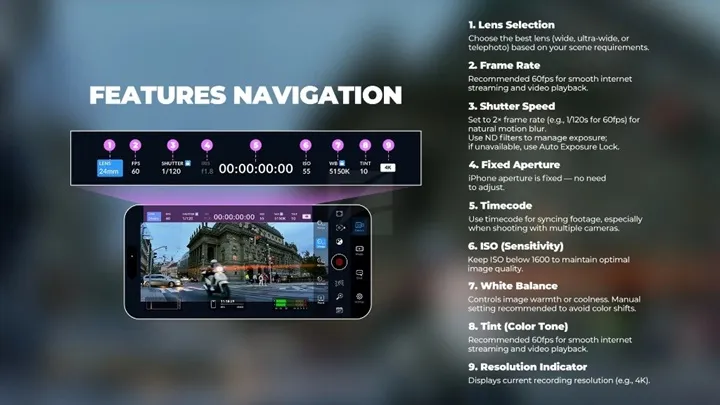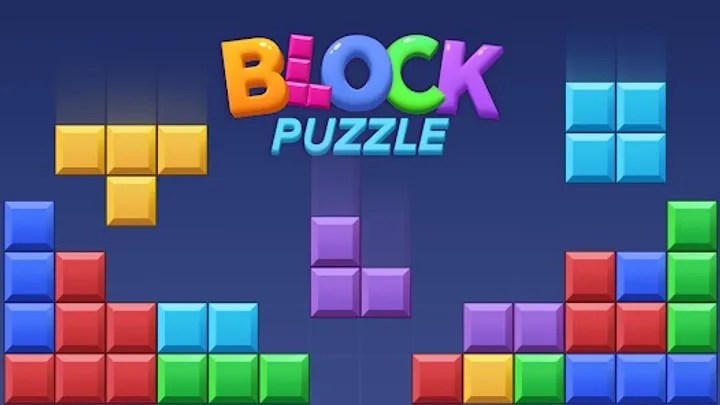Trending Reviews

Brother Hai's Pho Restaurant
"Brother Hai's Pho Restaurant" is a charming and engaging simulation game that successfully combines cooking, restaurant management, and cultural exploration within a vibrant environment.

MONOPOLY GO!
MONOPOLY GO! successfully transforms the beloved classic into an exciting mobile experience, combining fast-paced property trading with engaging mini-games.

Geometry Dash
Geometry Dash is a fast-paced rhythm platformer with addictive gameplay, and creative tools that keep players coming back for more.

League of Legends
League of Legends is more than a game — it’s a global phenomenon and a living blueprint for sustained multiplayer success

EA SPORTS™ Madden NFL 26
Madden NFL 26 delivers a robust football sim with enhanced gameplay and Franchise depth, rivaling past highs.

Call of Duty®: Black Ops 6
Call of Duty: Black Ops 6 successfully cements itself as a worthy continuation of the Black Ops saga.

Free Fire Max x NARUTO
Free Fire MAX successfully redefines Garena’s battle royale identity for the modern mobile era

Crossfire: Legends
Crossfire: Legends successfully brings the intense action of the Crossfire franchise to mobile devices, offering a rich variety of game modes, extensive weapon customization, and smooth gameplay.

ARC Raiders
ARC Raiders is an exhilarating blend of cooperative gameplay, resource management, and dynamic combat that successfully immerses players in a dystopian world filled with challenges.

Roblox: Plants Vs Brainrots
Roblox: Plants Vs Brainrots delivers a whimsical tower defense adventure with its meme-inspired combat and garden growth, celebrating a unique Roblox twist.

Valorant
Valorant is Riot Games’ bold attempt to redefine the tactical FPS genre — and it has succeeded

Football Manager 26
Football Manager 26 successfully captures the essence of football management while introducing modern gameplay mechanics and features that appeal to both seasoned fans and newcomers.
Popular on Blog

PUBG – The Ultimate How-To Guide to a Hot Game That Defined Battle Royale
A complete how-to guide to PUBG, the hot game that defined battle royale with realistic gunplay, tactical survival, and intense last-man-standing action.

The Top 3 Photography Apps of 2025
Explore the top photography apps of 2025 using AI to enhance photos, manage cloud storage, and capture professional-quality images with ease.

Steal a Brainrot Script – The Complete How-To Guide to a Hot Game of Chaos, Comedy, and Roblox Creativity
A complete how-to guide to Steal a Brainrot Script, the hot game on Roblox that turns chaos, memes, and absurd scripts into viral fun.

Tavern Keeper – The Ultimate How-To Guide to a Hot Game of Fantasy Management and Cozy Strategy
A complete how-to guide to Tavern Keeper, the hot game where players manage a fantasy tavern through staff, strategy, cozy design, and steady growth.

Mecha Break Tips & Guides: Complete Tactical Handbook for Pilots
Mecha Break is a fast-paced multiplayer mech action game focused on high-mobility combat, customizable mechs, and team-based tactics across large futuristic battlefields.

Dead Island 2 – The Ultimate How-To Guide to a Hot Game of Brutal Survival and Stylish Zombie Slaying
A complete how-to guide to Dead Island 2, the hot game combining brutal melee combat, stylish gore, and creative zombie survival in Hell-A.

The Top 5 Business Apps of 2025
Discover the top business apps of 2025 using AI to automate workflows, boost sales, improve collaboration, and drive smarter business growth.

Câu Cá Vạn Cân – The Ultimate How-To Guide to a Hot Game of Legendary Fishing and Endless Progress
A complete how-to guide to Câu Cá Vạn Cân, the hot game where players fish, upgrade endlessly, and chase legendary massive catches.

EA SPORTS FC™ 26 Tips & Guides: The Complete Player Handbook From Beginner to Pro
EA SPORTS FC™ 26 Tips & Guides provides in-depth gameplay advice, tactical insights, and mode-specific strategies to help players improve from beginner to competitive level.

RuneScape: Dragonwilds – Tip & Guides for Surviving, Progressing, and Mastering the Wilds
This article provides a complete Tip & Guides overview for RuneScape: Dragonwilds, helping players progress from early survival to late-game mastery. It covers core mechanics, base building, resource management, combat strategies, dragon encounters, and long-term optimization, offering practical advice for both new and experienced players to survive and thrive in the Dragonwilds.

How to Play Dream League Soccer 2026 Effectively and Win More Matches
Learn how to play Dream League Soccer 2026 effectively by building a balanced squad, upgrading facilities wisely, mastering manual defending, controlling passing tempo, managing stamina, and making smart tactical decisions to win more matches consistently.

How to Play Oxygen Not Included Effectively and Build a Stable Colony
Learn how to play Oxygen Not Included effectively by managing oxygen flow, heat, food production, and duplicant stress, while planning efficient base layouts and long-term resource systems to build a stable, sustainable colony.










